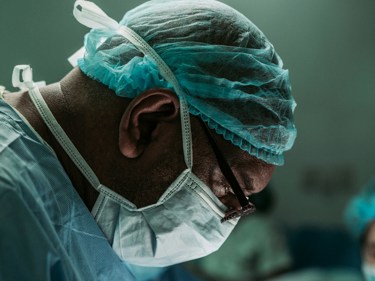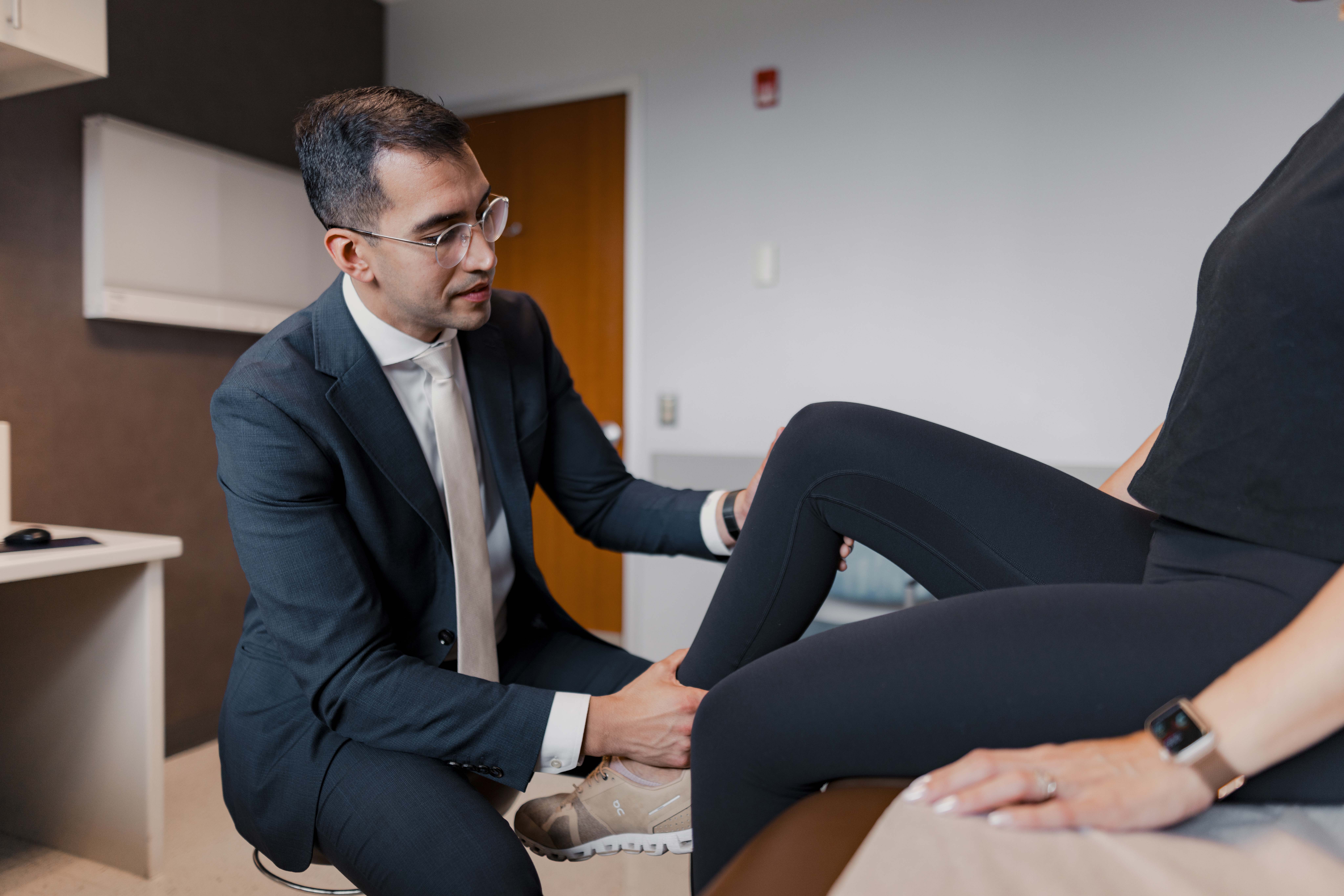ORTHOPEDIC SPECIALTIES & SERVICES
Deep Expertise in a Wide Range of Orthopedic Specialties
Midwest Orthopaedics at Rush is a nationally renowned leader in comprehensive orthopedic care. Our physicians are among the world’s foremost experts in their fields, having received specialized training in orthopedic surgery and subspecialty areas. Each area of the body is incredibly complex, and our specialists have dedicated their lives to understanding those complexities and pioneering innovative treatments and leading-edge, minimally invasive surgical procedures. Your MOR physician can confidently diagnose and treat even the most complicated and rare orthopedic conditions, helping you achieve the outcome you want, the first time.
Specialties
Services

WHY MOR?
The widest range of specialties. The deepest expertise. The best outcomes.
News & Events

























